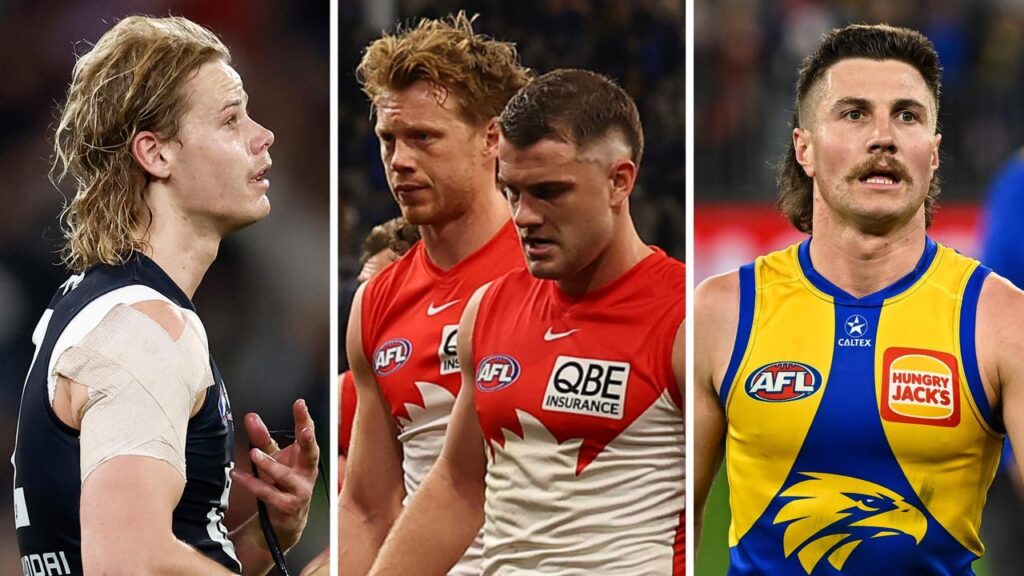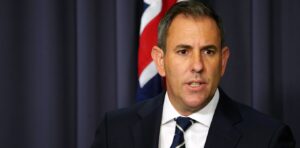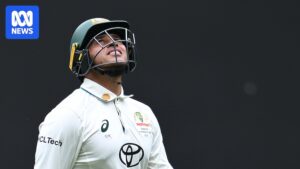
The 2025 AFL season has concluded for half of the league, leaving nine teams reflecting on what went wrong and how they can improve for the next season. While some teams may take solace in certain achievements, none managed to secure a spot in the finals, signaling the need for strategic changes to avoid a repeat in 2026.
Sydney Swans: A Tale of Two Halves
The Sydney Swans ended their season with a 12-11 record, finishing tenth on the ladder. Their campaign was marked by a strong finish, winning eight of their last ten games, but a disastrous start left them outside the finals.
What Went Right
The Swans found their form late in the season, with key players like Brodie Grundy and Isaac Heeney leading the charge. The team ranked highly in clearances and points from clearances, showcasing their strength in midfield battles. The re-signing of Chad Warner was a significant boost, ensuring stability in their roster.
What Went Wrong
A poor start, compounded by a 90-point loss to Adelaide, derailed their season early. Injuries to key players like Callum Mills and Errol Gulden further exacerbated their struggles. The Swans’ offensive capabilities, once their strength, diminished significantly compared to their 2024 performance.
Looking Ahead
Sydney is expected to be active in the trade market, with a focus on acquiring a key forward. The potential addition of Charlie Curnow could be transformative, reminiscent of past successful acquisitions like Tony Lockett and Lance Franklin.
Carlton: A Season of Unfulfilled Potential
Carlton’s 2025 season ended with a 9-14 record, a disappointing outcome for a team with high expectations. Their defensive efforts were commendable, but offensive struggles and injuries plagued their campaign.
What Went Right
The Blues’ defense was a standout, ranking high in points against and score per inside 50. Jacob Weitering’s leadership in defense was crucial, and George Hewett’s career-best season provided a silver lining.
What Went Wrong
Injuries to key players like Charlie Curnow and Sam Walsh disrupted their season, while their ball movement and scoring efficiency were among the worst in the league. The club’s outdated playing style and internal pressures added to their woes.
Future Prospects
Carlton needs to bolster their forward line and add outside speed. The potential departure of players like Tom De Koning could provide trade opportunities, while the return of injured players will be crucial for a rebound in 2026.
St Kilda: Building for the Future
St Kilda finished with a 9-14 record, showing glimpses of potential despite a challenging season. The signing of Nasiah Wanganeen-Milera was a highlight, securing a key player for their future.
What Went Right
The emergence of young talents like Max Hall and Marcus Windhager provided hope for the Saints. Their ability to score from intercepts and halfback play improved significantly in the latter part of the season.
What Went Wrong
Injuries to key players like Max King and Mattaes Phillipou hindered their progress. Defensive inconsistencies and internal unrest over player acquisitions also posed challenges.
Strategic Moves
St Kilda aims to strengthen their defense and add a key forward. The potential acquisition of players like Tom De Koning could enhance their competitiveness, while maintaining their young core will be vital.
Port Adelaide: Navigating a Transitional Phase
Port Adelaide’s 9-14 record marked a challenging season, with the team undergoing a coaching transition. Despite their struggles, there were positive developments in player performances.
What Went Right
The team maintained a high-pressure rating, and players like Miles Bergman and Mitch Georgiades showed significant growth. The mid-season draft additions provided depth and future potential.
What Went Wrong
Injuries and a poorly managed coaching transition disrupted their season. Key metrics like points from turnovers and contested possessions saw declines, reflecting broader struggles.
Future Directions
Port Adelaide needs to solidify their defense and address forward line deficiencies. The retention of key players like Zak Butters will be crucial, and a return to full health could see them back in finals contention.
Essendon: Overcoming Adversity
Essendon’s 6-16 record was marred by an extensive injury list, but the team showed resilience and explored their depth, setting a foundation for future growth.
What Went Right
The Bombers introduced a record number of debutants, with players like Archie Roberts making significant impacts. Zach Merrett’s leadership and performance were standout features.
What Went Wrong
Injuries to key players severely limited their competitiveness. Their scoring and defensive metrics were among the worst, highlighting areas for improvement.
Path Forward
Essendon needs to enhance their midfield depth and improve injury management. With a strong draft position, they have the opportunity to build a competitive roster for the future.
North Melbourne, Richmond, and West Coast: Rebuilding and Resilience
North Melbourne, Richmond, and West Coast each faced unique challenges in 2025, with varying degrees of success and setbacks.
North Melbourne
North Melbourne showed signs of progress under Alastair Clarkson, with improvements in stoppage play and player development. However, defensive weaknesses remain a significant hurdle.
Richmond
Richmond exceeded expectations with five wins, showcasing young talent and defensive resilience. The team needs to address midfield speed and forward stability to continue their upward trajectory.
West Coast
West Coast endured a historically poor season but found hope in emerging talents like Reuben Ginbey. The team faces a critical off-season to rebuild and strengthen their roster.
As these teams look to the future, strategic acquisitions, injury management, and player development will be key to their success in the 2026 AFL season. Each team has unique challenges and opportunities, and their responses will shape their prospects in the competitive landscape of Australian football.






